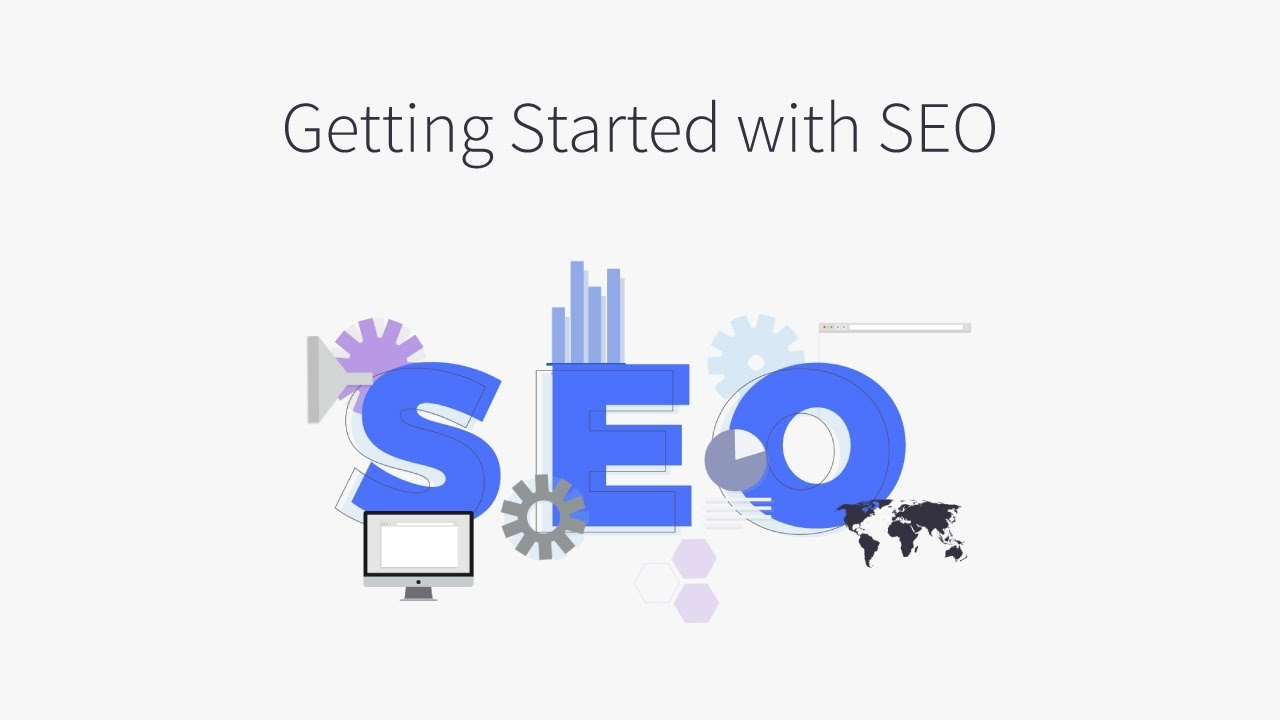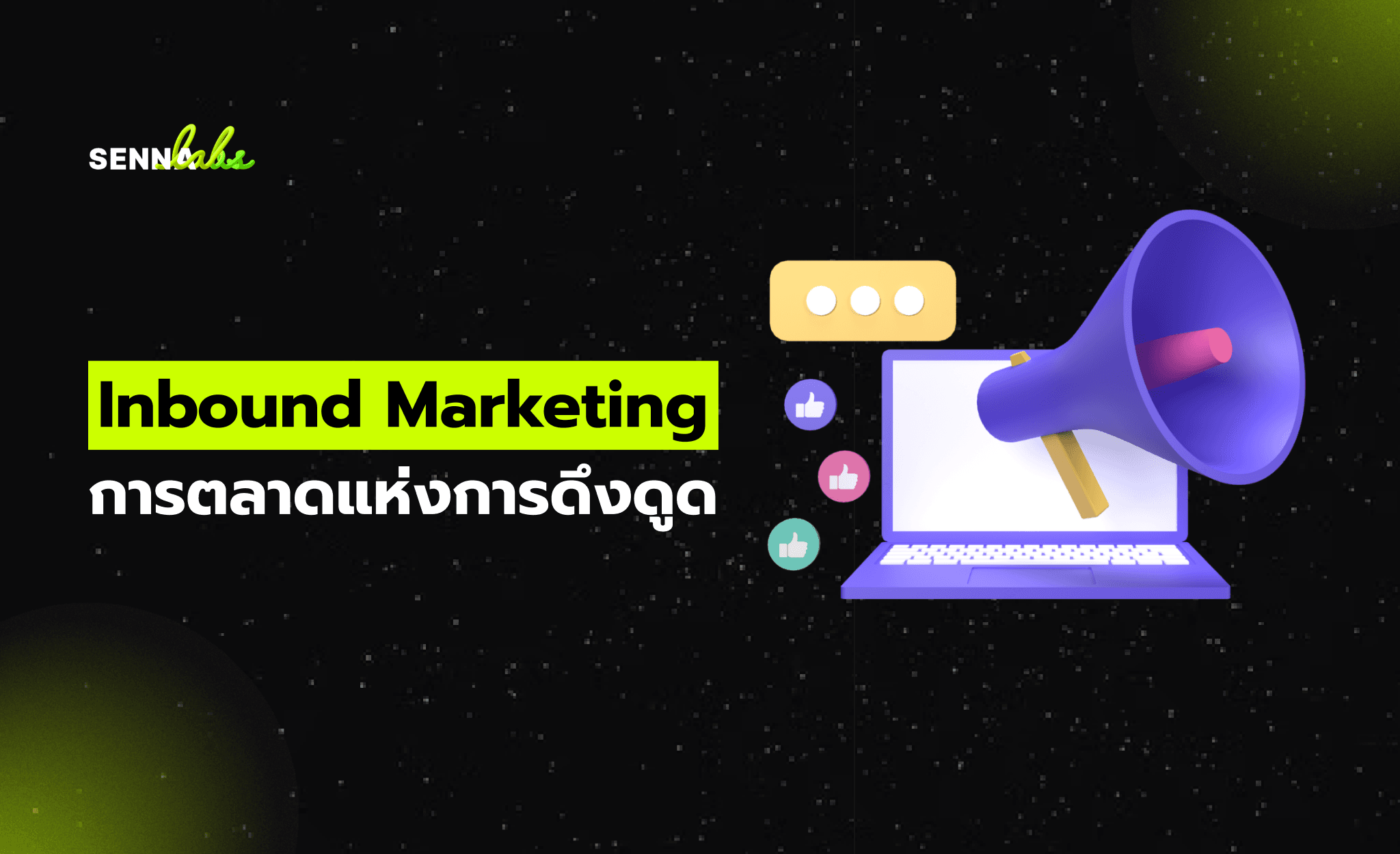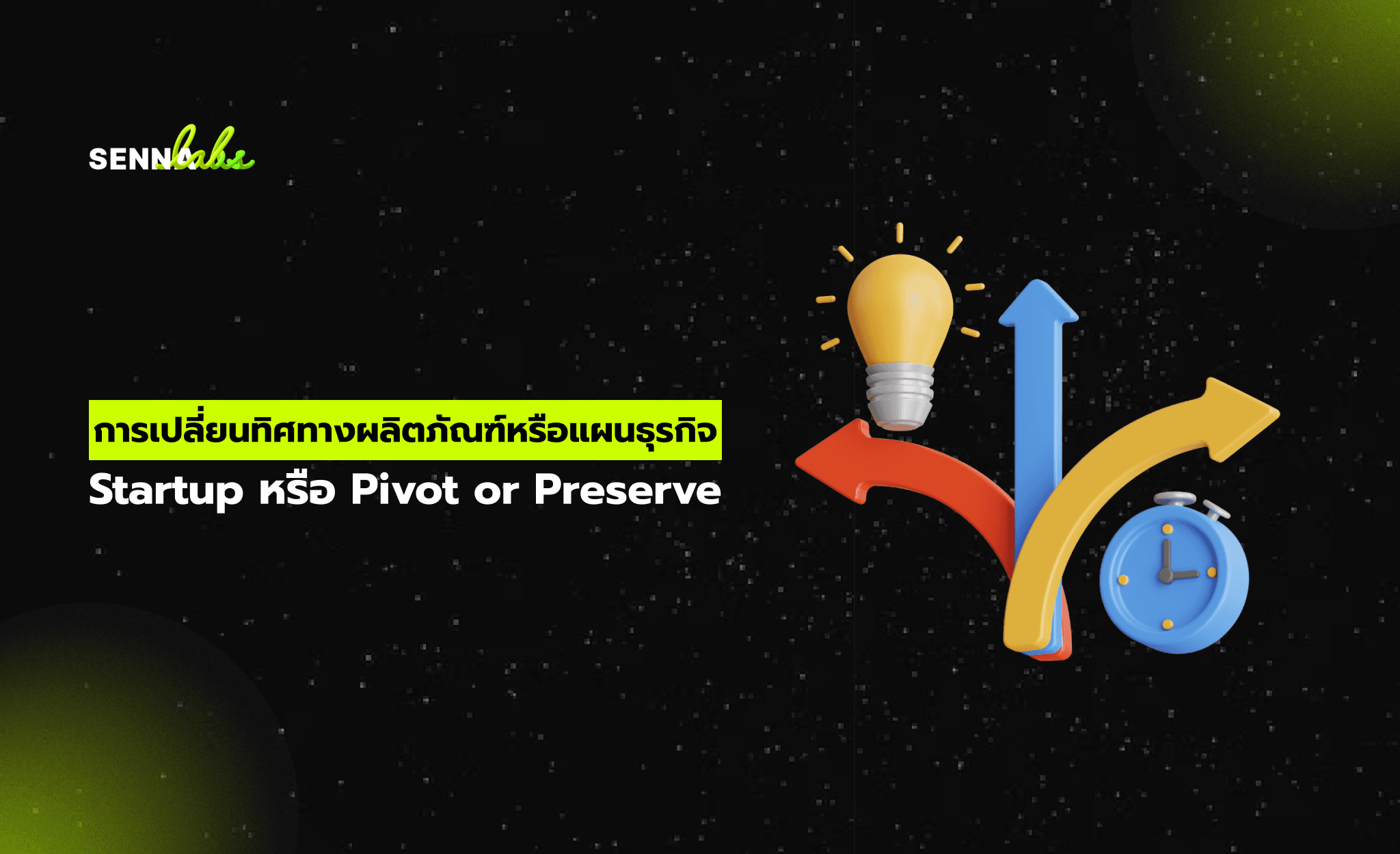Getting Started with SEO: How One Website Ranked in 3 Months

Search engine optimization (SEO) can seem intimidating—especially for new website owners or small businesses trying to stand out in a crowded digital landscape. However, SEO doesn’t have to be overwhelming or expensive to be effective. With a structured approach and the right tools, even a modest website can see substantial gains in a relatively short period.
This article walks through a real-world scenario of how an online shop improved its technical setup and leveraged Google Search Console to fix indexing issues—leading to first-page rankings for niche keywords within just 90 days.

Understanding the SEO Starting Point
The website in focus was a small e-commerce store targeting a specific product category within a niche market. They had a basic Shopify setup, clean design, and a handful of product pages. While the products were well-photographed and described, the site was receiving little to no organic traffic.
They had no dedicated SEO team or strategy. Their goals were clear:
-
Improve visibility for niche keywords
-
Get discovered by users through organic search
-
Build a steady stream of non-paid traffic
Step 1: Diagnosing the Problem
The first step was identifying why the site wasn’t showing up in search results. They set up Google Search Console (GSC), a free tool that provides insights into how Google crawls and indexes your website.
Initial findings revealed:
-
Only a portion of their pages were indexed
-
Several pages were listed under “Crawled - currently not indexed”
-
There were duplicate content warnings and missing canonical tags
-
Sitemap issues were causing Googlebot to miss important pages
In short, their content wasn’t discoverable—not because it was bad, but because search engines couldn’t access or interpret it properly.
Step 2: Improving Site Structure
The team then tackled the website’s structure. A solid site architecture helps search engines crawl and rank content more efficiently. Improvements included:
URL Optimization
-
Simplified URLs from long, parameter-based structures to clean slugs (e.g., /products/eco-friendly-tote-bag)
-
Ensured each URL had one clear version to prevent duplicate indexing
Navigation Hierarchy
-
Created a logical category structure (e.g., Home > Products > Totes > Eco-Friendly Tote)
-
Added breadcrumb navigation to help users and bots understand page context
Internal Linking
-
Linked product pages from blog content and category pages to distribute link equity
-
Avoided orphaned pages by ensuring every page had at least one internal link
Step 3: Fixing Indexing Issues with Google Search Console
Next, they addressed the indexing problems highlighted in GSC.
Sitemap Submission
They generated a clean XML sitemap using Shopify’s built-in tools and submitted it to GSC. This allowed Google to more efficiently crawl and index priority pages.
Resolving “Crawled - Not Indexed”
For affected pages, they:
-
Improved on-page content (adding unique descriptions and better keywords)
-
Reduced duplication by consolidating similar product pages
-
Added canonical tags to indicate the preferred version of similar pages
Requesting Reindexing
After making improvements, they used GSC’s URL Inspection Tool to request indexing for high-priority pages. This step helped speed up Google’s recognition of the changes.
Step 4: Basic On-Page SEO Implementation
Once the technical foundation was stable, they optimized each page for better search performance.
Keyword Optimization
-
Conducted basic keyword research using free tools and focused on long-tail keywords with low competition
-
Used keywords naturally in titles, H1 tags, meta descriptions, and body content
Meta Tag Improvements
-
Created unique, compelling meta titles and descriptions for all key pages
-
Used call-to-action language to improve click-through rates
Alt Text and Image Optimization
-
Added descriptive, keyword-rich alt text to all product images
-
Compressed images to improve page load speed
Step 5: Content Creation for Visibility
To further improve search rankings and capture long-tail traffic, they launched a blog targeting search questions relevant to their products.
Sample topics included:
-
“How to choose the best eco-friendly tote for daily use”
-
“Canvas tote bags vs. nylon: which is more sustainable?”
These blog posts linked back to product pages and helped build internal link equity, while also answering user questions directly—improving relevance in Google's eyes.
The Results: Page One Rankings in 90 Days
After implementing these changes:
-
The number of indexed pages in Google doubled
-
Organic traffic increased by over 70%
-
Several niche keywords reached page one of Google search
-
Product pages that previously received zero organic visits began converting
The blog also started appearing in search results, driving top-of-funnel traffic and assisting with brand visibility.
Key Takeaways
This case illustrates that technical SEO and basic on-page optimization can yield impressive results, even without a big team or budget.
Here are the most important lessons:
-
Fix technical barriers first. If search engines can’t index your content, it won’t rank.
-
Use Google Search Console actively. It’s free and provides essential data for optimization.
-
Build a logical site structure. Clean URLs and internal links make a huge difference.
-
Start with long-tail keywords. You’ll face less competition and rank faster.
-
Don’t skip the basics. Meta tags, canonical tags, and content quality all matter.
Final Thoughts
SEO success isn’t reserved for big brands or massive teams. With a structured approach, the right tools, and a focus on fixing foundational issues, even small websites can achieve visibility.
For this online shop, it all started with addressing technical SEO and using Google Search Console as a guide. Within 90 days, they weren’t just visible—they were on the first page.
If your site is struggling to gain traction, start with the fundamentals. The results might surprise you.


Subscribe to follow product news, latest in technology, solutions, and updates
Other articles for you



Let’s build digital products that are simply awesome !
We will get back to you within 24 hours!Go to contact us Please tell us your ideas.
Please tell us your ideas.







